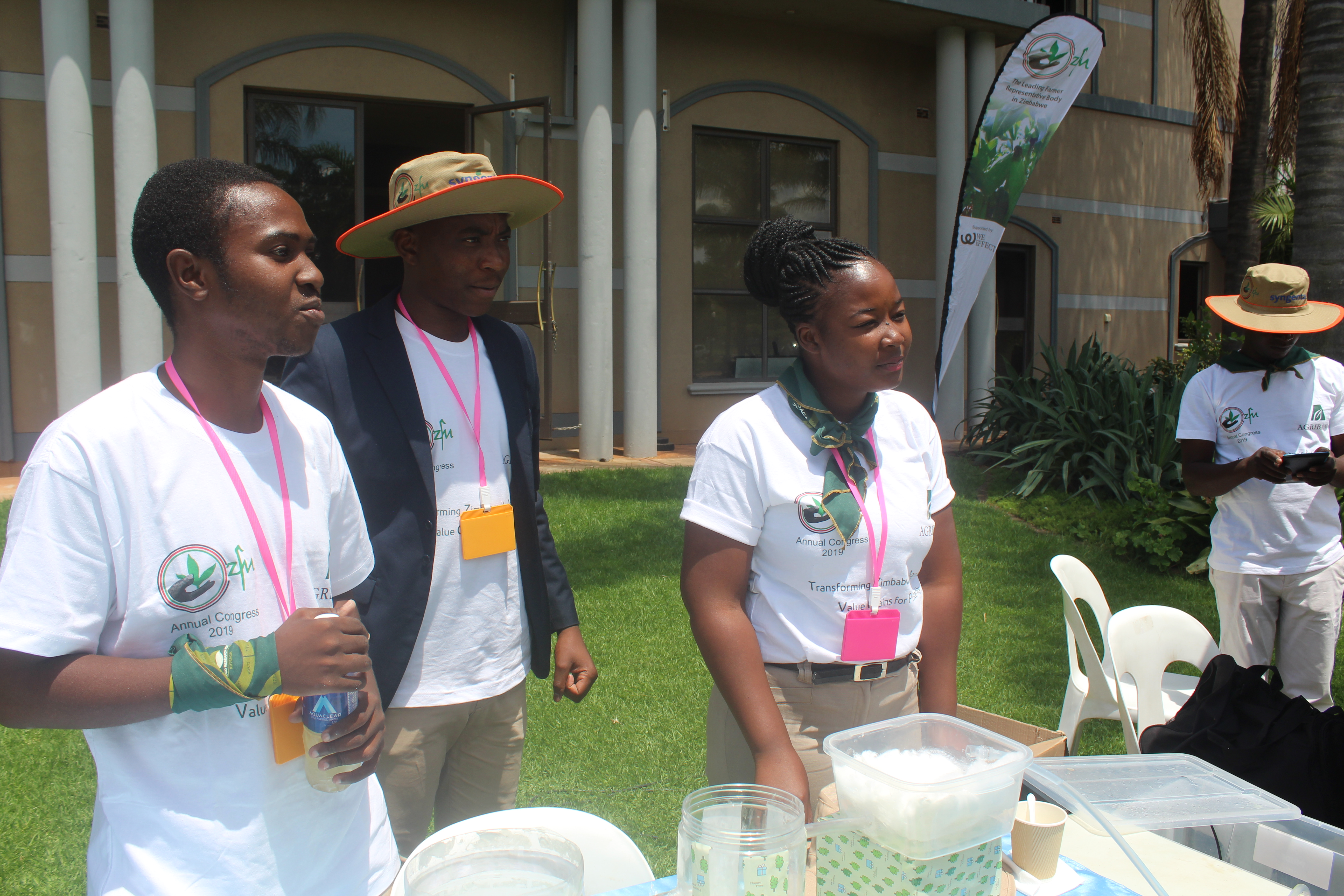Zimbabwe Farmers Union is the largest farmers’ interest organization in Zimbabwe, and it represents over a million farming households. The Union draws its membership from the following sub sectors; communal, resettlement, small-scale commercial, peri-urban plot holders, emergent and large-scale commercial farmers. Individuals voluntarily join the organization Zimbabwe Farmers Union was born on August 19, 1991, following the merger of the Zimbabwe National Farmers Union (ZNFU) and National Farmers’ Association of Zimbabwe (NFAZ).]
ZNFU was formed back in the mid-thirties as the then Bantu Farmers Union (BFU). It was later renamed African Farmers Union (AFU) in 1941 and then Zimbabwe National Farmers Union in 1980. NFAZ was formed in 1981 emerging from the Master Farmers Association which had existed in the then Victoria province (Masvingo) since the 1960s.

A resilient, commercialized, and viable agricultural sector
The Union is hierarchically organized. Clubs are formed at the local levels and representative structures rise from ward, district, provincial up to the national levels. Small-scale commercial farmers, large-scale commercial farmers and plot holders join local ZFU associations, whilst farmers in communal and resettlement areas join local clubs. The ZFU’s District Council represents the interests of the associations and area councils of each district. The ZFU’s provincial councils represent all districts, and the national council is formed out of the provincial councils.
Hierarchically structured under the same manner are the ZFU’s sub wings consisting of women, youth, and commodity associations. These are represented in the respective councils at all levels.
Mission Statement
Represent and safeguard farmers’ rights and interests, enhancing productivity, promoting modernization of agriculture, and improving farmers’ livelihoods
Strengthening institutional capacity
Strengthening of commodity associations
Formation and capacitation of five new commodity associations
Full staffing of the union with permanent staff
Advocacy and stakeholder engagement
Farmer organization
Development of policies and procedures.
ICT integration
Ensuring ICT tools affordability to its general membership
Empower the resource poor farmers with improved access to information, input suppliers, financers, and markets.
Member services
Intensified member mobilisation and registration, riding on a broad range of good quality and needed services
Maintaining a close contact with the members
Women, Youths and Climate change
Investment in youth and women empowerment.
Investment in agricultural development is required to ensure sustainable food and nutrition security in the face of changing climate.
Formation of functional and viable groups and Commodity Associations
for the facilitation of:
Bulk purchases for reduced inputs costs
Bulk selling for higher producer prices
A stronger voice for farmers
Information and experience sharing
Creation of an enabling policy environment is central to ensuring viability of farming:
Bargaining Power e.g., Producer prices
Lobbying and Advocacy
Provision of Information and Technical expertise through fact sheets, crops/livestock budgets and business plans for:
Sound decision-making on the farms
Access to credit facilities
Provision of Training and Education (Using the Study Circle methodology and other interactive approaches) for:
Technical Agriculture Knowledge and Skills
Leadership Development
Women, Youths Mainstreaming and Climate change adaptation to:
Empower Youth and Women and Facilitate Inclusive Decision Making.
Reduce vulnerability to climate change impacts and ensure food and nutrition security
